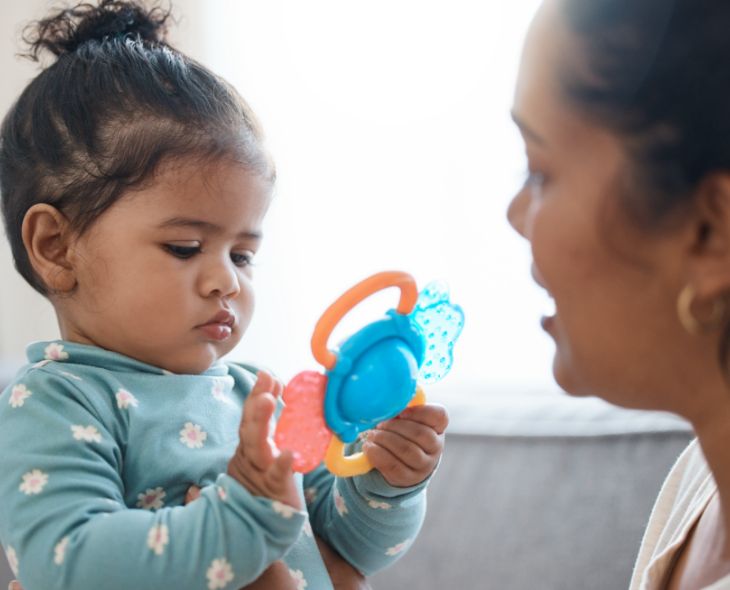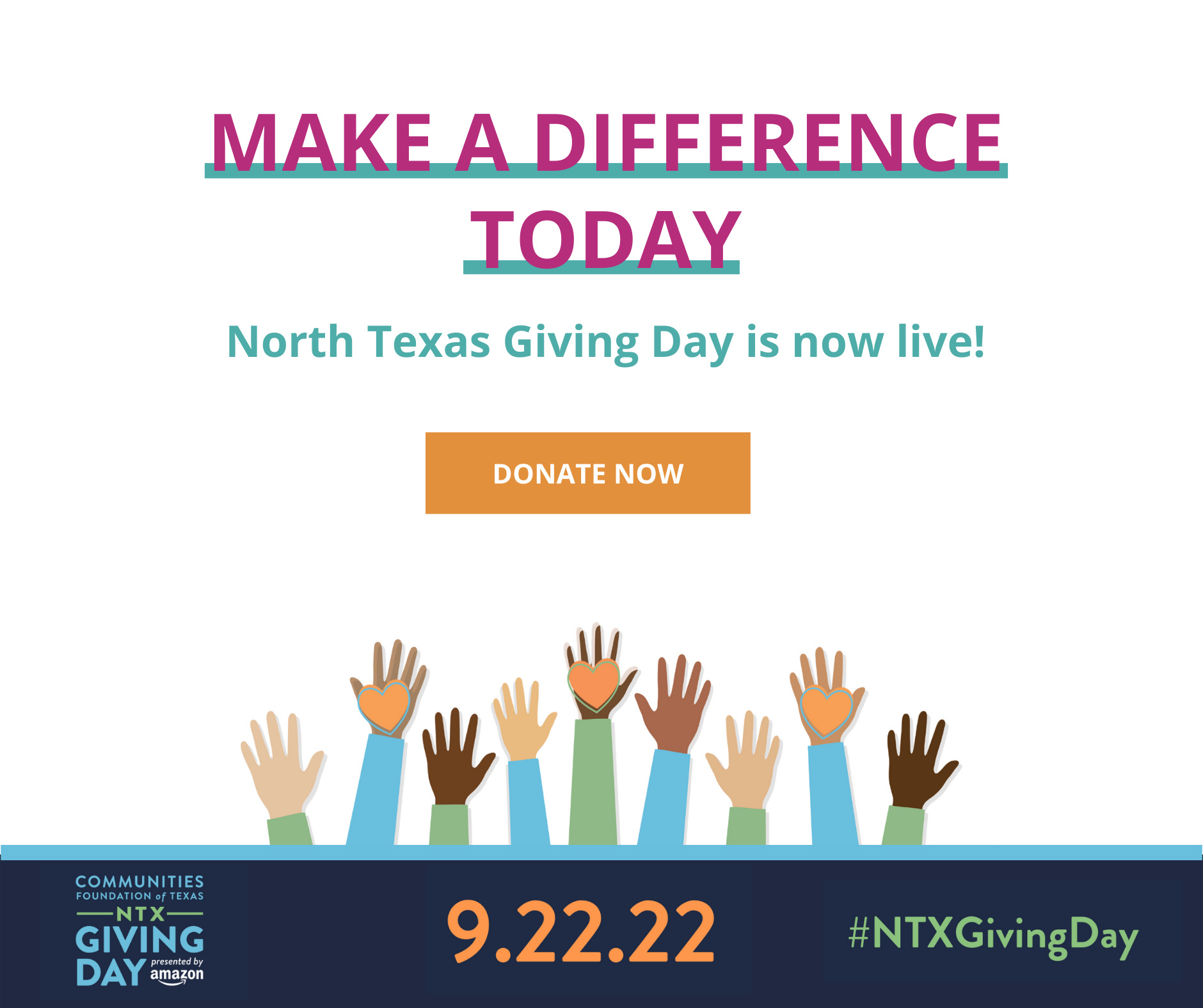The time around birth—whether it’s your first or fifth, you’re adopting or fostering a baby, you’ve just given a baby up for adoption, or you’ve lost your baby—is an immensely vulnerable time for all families. Parenting, however it looks for you, doesn’t come with an instruction manual. But what if it came with a study buddy? Someone who could check in on you, answer your questions, point you in the right direction, and share this moment with you?
This is Family Connects, a short-term evidence-based program in which registered nurses visit families in the first few weeks after a birth, adoption or foster care placement of a newborn, or pregnancy loss, to check in and see how families are adjusting, and connect families to community resources they need. Family Connects comes at no cost to the family and is available to all —it sets the expectation for how a community cares for its families, regardless of their personal circumstances. It is also short-term—Family Connects aims to connect families to the right services for them at the right time, rather than duplicate or replace those services. Most families only need one visit, but nurses can provide up to three visits, if necessary. All families receive a follow-up call one month after their last visit to confirm that they have connected with their referrals and had their needs met or are receiving services.
During the home visit, a Family Connects nurse assesses the family to identify their needs. Overwhelmingly, families do need information and resources: Family Connects has found that 95% of families have at least one nurse-identified risk or need. Some parents may need help finding a pediatrician, managing postpartum depression or anxiety, or getting connected to housing or food resources. Others may need referrals to programs and services for family members or a link to support groups for parents in similar situations.
Nurses are not case managers and Family Connects does not duplicate existing services. Based on the individual family’s needs, the nurse uses a searchable database to identify a community resource or service provider, such as a diaper bank, home visiting program, or early childhood intervention, that addresses the family’s need, makes a warm handoff to a local service provider, and follows up with the family to close the loop and make sure the family was connected to the resource or service. In so doing, Family Connects strengthens the web of community resources and referrals. The data collected by Family Connects helps inform community leaders and stakeholders of emerging trends, gaps in resources, and successful connections, which can be used to make decisions about community priorities and resource allocation.
Much like Family Connects brings the community together around families, the program itself is strengthened by the partners who make it up. As TexProtects began looking for partners to support the program in Dallas, we learned that MHMR of Tarrant County and the Early Learning Alliance were also looking at bringing the program to Fort Worth.
At this moment, we realized two critical things:
- Our programs may start and end at Highway 360, but our families don’t. North Texas is one community made up of not only Dallas and Fort Worth, but also Arlington, Plano, Cleburne, Forney, Frisco, Mansfield, and other cities and towns. We need to be forward thinking about how we can structure our programs to meet families where they are and how they live, rather than to easily fit our administrative structures.
- We are stronger when we work together. It didn’t make sense to have two separate Family Connects programs in North Texas when we could go through the process together, learn from one another, leverage each other’s strengths, and build one infrastructure that could support both counties and the region as a whole.
Since May of 2019, our Family Connects North Texas team has set itself up to provide one North Texas structure with two parallel branches—east (Dallas) and west (Tarrant). Based on a community needs assessment of North Texas, implementation began first in Arlington and Cleburne (west) in November 2019. During COVID-19, Family Connects has transitioned to providing virtual services. Isolated from their families, friends, and traditional support networks, parents are more eager than ever to receive these virtual connections.
As we all navigate this period of reopening our state and rebuilding our economy, we know there are so many competing needs, but our families must come first. We believe Family Connects can play an important role by helping new families get connected to the resources and services they need, so that parents and their newborns can get off to a strong start. As parents quickly find out, none of us can do it alone and we can all benefit from connections. Similarly, our organizations can’t do this alone. As we continue with our planning in the east (Dallas), we are grateful for the many partners who are working with us on funding and implementation planning to make a Dallas Family Connects pilot a reality.







